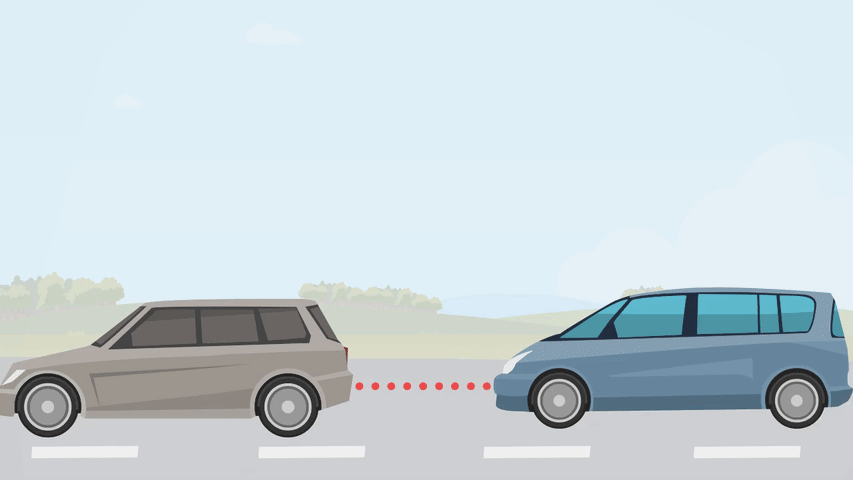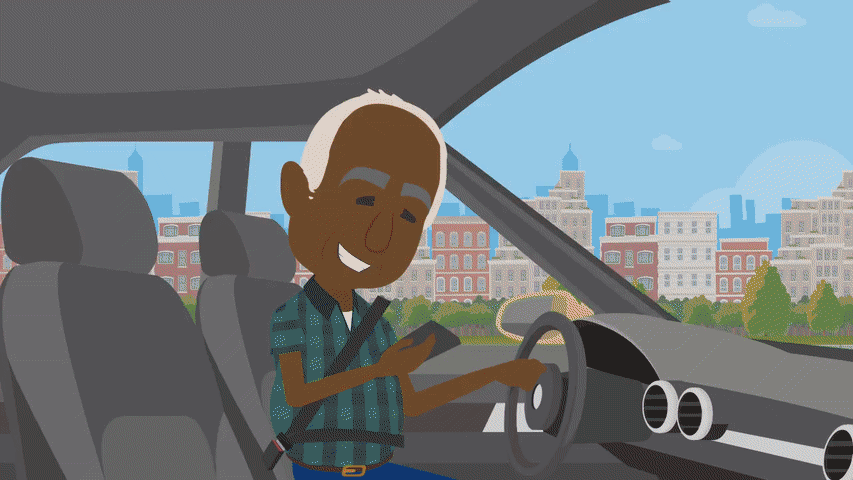Becoming a hospice administrator can be a rewarding and challenging career choice. Hospice administrators play a crucial […]
The American Occupational Therapy Association's Older Driver Safety Awareness Week is held annually on the first week of December to raise awareness of the many resources available to older drivers and their families to promote safety behind the wheel.
It is important to determine when an older adult can no longer drive safely. Changes in vision, physical fitness, or reaction time are all signs that an older adult may not be safe behind the wheel.
If you are responsible for driving an older adult in your care, you need to ensure that you are practicing defensive driving. Defensive driving tactics allow drivers to anticipate dangerous situations by identifying hazards to avoid preventable accidents.
Here are a few simple tips to help you drive defensively and protect yourself and others in your vehicle.
Follow Traffic Laws

It may seem obvious, but following the law is the best way to avoid an accident. Know the rules of the road, pay attention to speed limits, obey signs and signals, and never drive when impaired.
Watch Your Speed

Driving too fast or slow for conditions can be dangerous. Be aware of posted limits but also note other factors such as weather conditions that can affect speeds.
Keep A Safe Following Distance

At a minimum, during dry weather conditions, you should have at least three seconds of space between you and the vehicle in front of you.
Be Aware Of Road Conditions Before Leaving

Plan your route before you leave, and make any needed adjustments. When driving, watch the road for anything that can affect safety (i.e. potholes) and take extra caution.
Adapt to Weather Conditions

The only way to remain safe during poor weather conditions is not to drive at all. If you must drive, be prepared for an emergency by carrying dry clothing, water, food, blankets, or anything else that may be appropriate for the situation. Be sure to allow extra time for your trip, and that your vehicle is in good condition.
Communicate With Other Drivers

Always make sure other drivers know your intentions. Use turn signals, make eye contact, wave to other drivers the right-of-way, and position your vehicle in ways that indicate your plans.
Remove Distractions

Don’t engage in any activities that take your attention away from what’s happening on the road. Avoid using your phone at all while driving, even with headphones. Don’t adjust radios. Don’t try to read every sign and billboard, if it takes your eyes off the traffic. Always remember, the most important part of driving is concentration.
Control Your Emotions

Poor road conditions, excessive traffic, and erratic driving by others make driving stressful. It is important to do your best to remain calm, and keep your focus on the road. If your emotions are becoming a distraction, pull over and take time to get yourself under control.
Learn more about defensive driving for yourself and others in the upcoming CareAcademy class, Defensive Driving for Direct Care Workers (CARE0407). This class will teach caregivers basic defensive driving techniques. Caregivers will learn what defensive driving is and what it looks like on the road. They will also learn about self-awareness and ways to protect themselves, and their clients, before and after driving.






